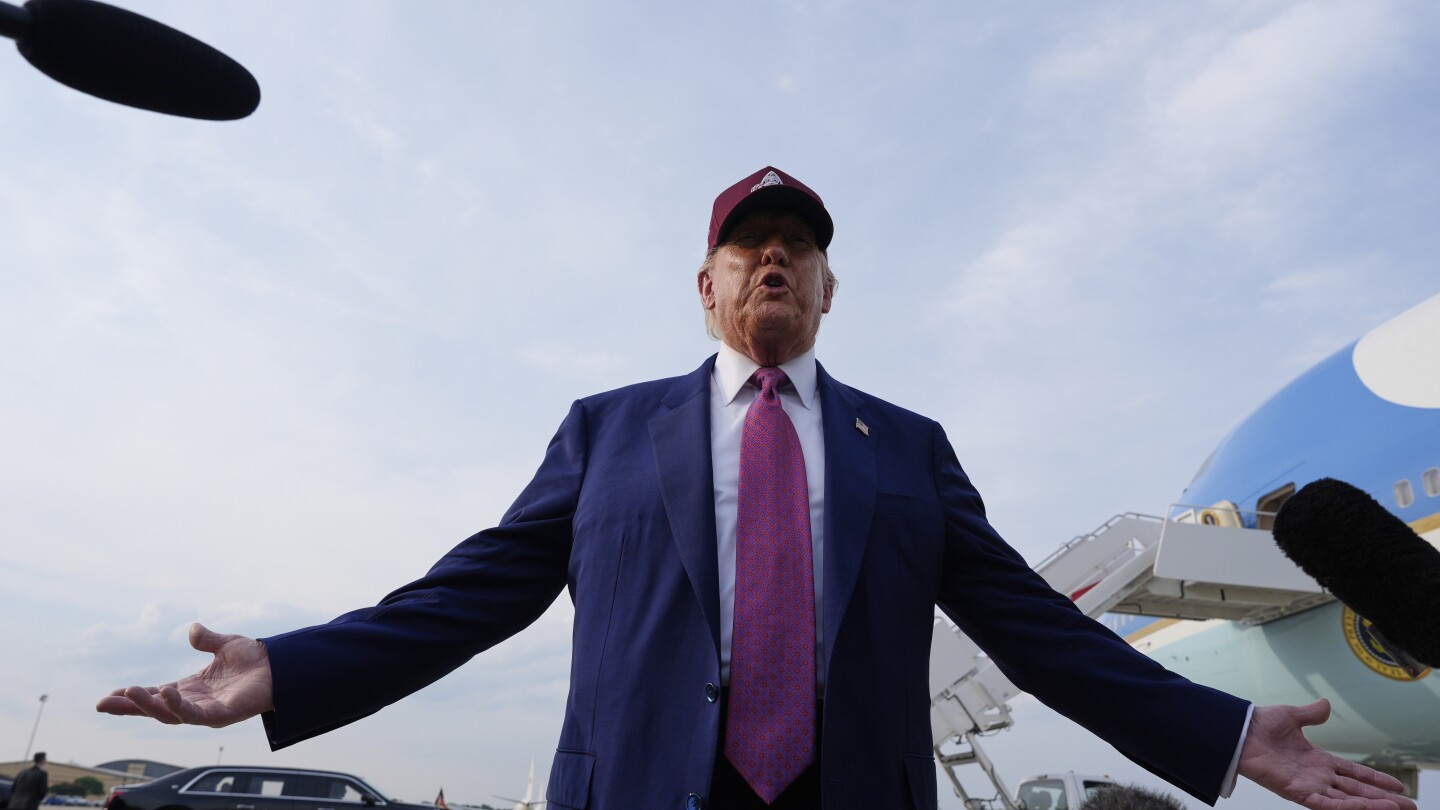President Donald Trump recently announced significant progress on a trade deal with China, a move that could have far-reaching implications for American consumers. Taking to social media, Trump revealed that the deal is completed, pending final approval from both him and Chinese President Xi Jinping. The agreement involves China supplying essential raw materials like rare earth elements upfront, while the U.S. commits to allowing Chinese students to study at American educational institutions.
The trade framework specifies a 55% tariff for the U.S. and a 10% tariff for China, signaling a potential shift in the trade dynamics between the two nations. Trump expressed optimism about the relationship, despite previous concerns over China's compliance with past trade agreements.
This development follows a key meeting in London earlier in the week, involving top U.S. officials like Treasury Secretary Scott Bessent and Commerce Secretary Howard Lutnick, along with U.S. trade representatives and their Chinese counterparts. According to Trump, this meeting has been instrumental in making strides towards repairing and improving U.S.-China relations.
Alongside the trade news, the economic landscape was influenced by the release of the latest consumer price index, which reported a 2.4% inflation rate for the 12-month period ending in May. Economic analysts view this figure favorably in comparison to higher inflation rates observed in previous years, aligning closely with the Federal Reserve's 2% inflation target.
As the markets react to these developments, there is anticipation that both the trade agreement and inflation report will have a significant impact on shaping economic sentiment in the days ahead.
This story, initially reported by a journalist and later converted to this platform with AI assistance, undergoes verification by the editorial team to ensure fairness and accuracy.


